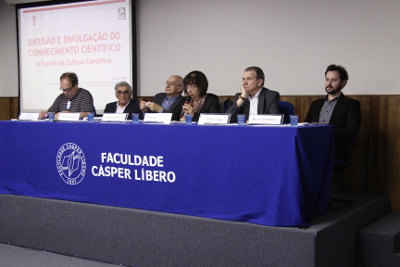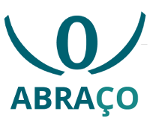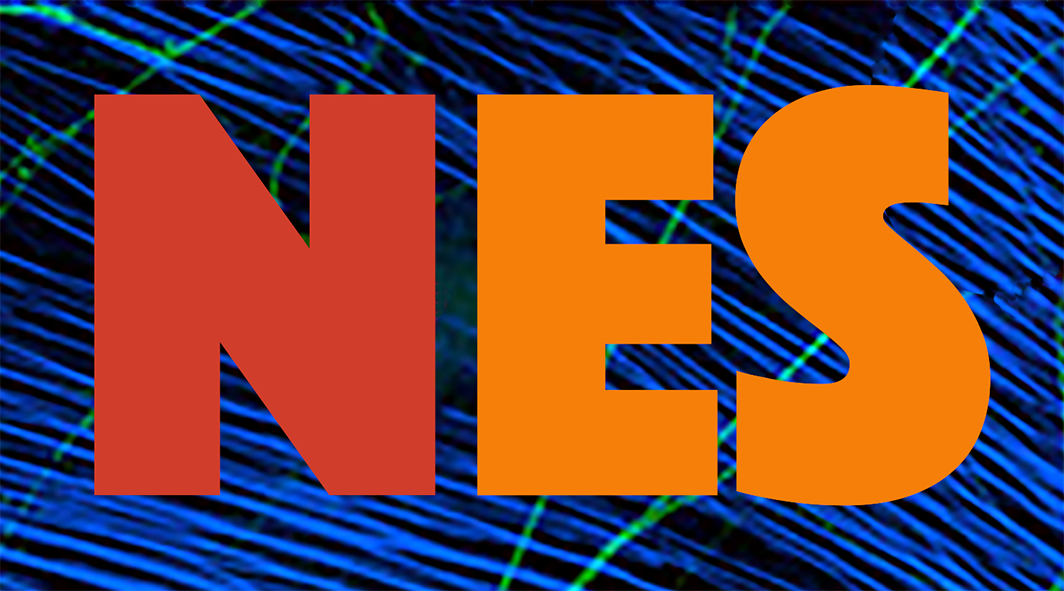
The challenges of making news reports on cutting-edge, ongoing science
Oct 01, 2014
The development of new scientific areas imposes a set of challenges to communicating and disseminating news on such development. Results are in the making, conceptual frameworks remain under construction and often at a high level of abstraction, levels of uncertainty are generally unavoidable. This scenario leads to a dilemma to any serious attempt of communicating and disseminating cutting-edge and ongoing scientific work: to rely on well-established repertoires of communication with the risk of systematically failing to keep track of standards these repertoires require, or to advance new means of communicating and disseminating in parallel to the development of new scientific areas. This second part of the dilemma –which suggests including the science of communication in the realm of broader scientific agendas– involves high risk-taking in the process of reporting scientific enterprises.
The dilemma on forms of communication was the motto of the roundtable "New Forms of Scientific Journalism and the CEPID NeuroMat Work", that the Research, Innovation and Dissemination Center for Neuromathematics (CEPID NeuroMat) promoted in September, 25. NeuroMat is a state-of-the-art institute, that is coordinated by Prof. Antonio Galves and that was established in 2013 at the University of São Paulo (USP), with funding from the São Paulo Research Foundation (FAPESP). The event took place at the Cásper Líbero School of Journalism and had the support of FAPESP and the collaborative organization of the Research Group of Communication and Visual Culture of the Cásper Líbero School of Journalism Master Program. The roundtable was attended by approximately 70 people, including undergraduate and graduate students of Journalism, professional journalists and scientific disseminators.
 |
“What is at stake when one discusses challenges of scientific journalism is our capacity to expand the impact of science on society,” said Prof. Dulcília Buitoni, a leading member of NeuroMat's team of Scientific Dissemination and a professor of Journalism at Cásper Líbero. According to her, scientific reports must take into account the best narrative, journalist standpoint and image use to “socialize science” at its best. Prof. Buitoni, the first speaker at the roundtable, suggested the need of modular intertwining between science and communication. This modularity, she claimed, is not akin to considering scientific dissemination as an instrumental operation, in which available repertoires of communication are activated to convey whatever story one wants to spread out: “[To rely on conventional repertoires] leads to limiting news reports to descriptive accounts, to scientists' life trajectories . . . in which the news reporter acts almost like a curious student.” Prof. Buitoni said that “complex images” are especially pertaining to conveying cutting-edge, ongoing scientific endeavors, that is, images that are not merely illustrative but mainly invitations to deep mental consideration.
Prof. Galves emphasized that high-level communication is not an option to NeuroMat or any CEPIDs; to disseminate science, so he said, is a foundational aspect of these types of organization, “that carry Dissemination in its name.” According to him, NeuroMat has attempted to develop communication strategies that report routinely what goes on in the laboratories. This form of embedded journalism is analogous to journalism that is produced in war fronts, so he claimed: “One never knows what one will find, one is moving in the shadows.” An important aspect of NeuroMat's dissemination strategy is to prevent the idea that scientists are “teaching” anything on Neuromathematics. “I cannot pretend that we know everything. We are moving at the edge of science, where nobody knows what we will find. We know very little on brain functioning.”
The general goal of scientific-dissemination enterprises remains the expanding of what may be called scientific culture, said Prof. Carlos Vogt, coordinator of the Laboratory of Advanced Studies in Journalism (LABJOR) of the State University of Campinas (UNICAMP) and president of UNIVESP (the Virtual University of the State of São Paulo). “The set of factors, events and actions of mankind in the social processes dedicated to the production, the dissemination, the teaching and the publication of scientific knowledge constitutes the conditions for the development of a particular type of culture, quite commonplace in the contemporary world, which may be called scientific culture,” he said, with reference to his paper “The spiral of scientific culture and cultural well-being: Brazil and Ibero-America,” Public Understanding of Science, 2012, 21(1), 4-16 (available here). According to Prof. Vogt, the spread of scientific culture may be advanced in four intertwined activities: production and circulation of scientific knowledge among peers; teaching of science and training of scientists; teaching for science, that is, any activity in which scientists, teachers and administrators of science museums or so deliver science to students and young public; and professional scientific journalism, in which journalists and scientists deliver scientific information to society. “These activities may be seen as leading to a spiral of scientific culture, moving from a highly encoded to an open, accessible language . . . Metaphorically, one could say that the goal of any science disseminator is that scientific knowledge could be treated and experienced as soccer: whereas few actually play it at a high level, many understand the game, know its rules, know how to play it and may be critical to what is accomplished, and more importantly are deeply, emotionally involved with the game.” Prof. Vogt's presentation at the NeuroMat roundtable may be found here, in Portuguese.
The former coordinator of NeuroMat's Scientific Dissemination, the physicist Ernst Hamburger said challenges of high-level scientific organizations such as NeuroMat are at least twofold. Firstly, there is the need of internal communication: to the extent that NeuroMat brings together scientists from diverse backgrounds and universities one needs to be continuously informed of what others are doing. According to him, this need of internal communication puts a key importance on the role of the scientific disseminator, who is thus responsible to sustaining the cohesiveness of the broader research group. Secondly, scientific dissemination may not be restricted to communicating, it must put schooling as a priority. “In order to reach a wide audience science must go through schools . . . On one hand, the university must be ready to prepare multidisciplinary professionals to teach in many educational settings; on another hand, the university must be open to society at large, being amenable to a wider community.”
Journalist Bruno Garattoni, editor at the magazine Superinteressante and former Cásper Líbero alumnus, suggested scientific dissemination must be able to put in simpler, more appealing words what scientists generally elaborate in difficult terms. According to him, language is key in the process of narrating new knowledge, so that curious people may have a reference and an interest to absorb what is new. In Brazil, so he said, the public is generally willing to get in touch with scientific debates, if they are presented in a fashionable way – an evidence of this willingness is the success of Superinteressante among general magazines, which ranks systematically among the top best sellers.
“Experiencing science is a key element of disseminating science,” claimed Prof. Sergio Neuenschwander, a NeuroMat associate investigator and professor of neurobiology at the Federal University of Rio Grande do Norte. “This involves taking risks, both for the scientist and for the interested audience. One must challenge one's own stands and be able to engage critically, theoretically with new knowledge and perspectives.” Prof. Neuenschwander told how his work on visual perceptions from a neuroscientific perspective led him to develop a class on Neurocinema, on how visual perceptions are worked on in movies. He showed to the audience a second-long extract of Fellini's Amarcord, in which a school teacher makes a movement with a stick to call for silence in a classroom and the camera follows the stick as if it was staring and following the expected movement. Prof. Neuenschwander said he has a dual role at NeuroMat, as a neurobiologist and a videomaker, and presented an incomplete version of a short movie he is preparing on Neuromathematics. This documentary should be released this term.
This piece is part of NeuroMat's Newsletter #8. Read more here
Share on Twitter Share on Facebook| NeuroCineMat |
|---|
|
Featuring this week: |
| Newsletter |
|---|
|
Stay informed on our latest news! |
| Follow Us on Facebook |
|---|




